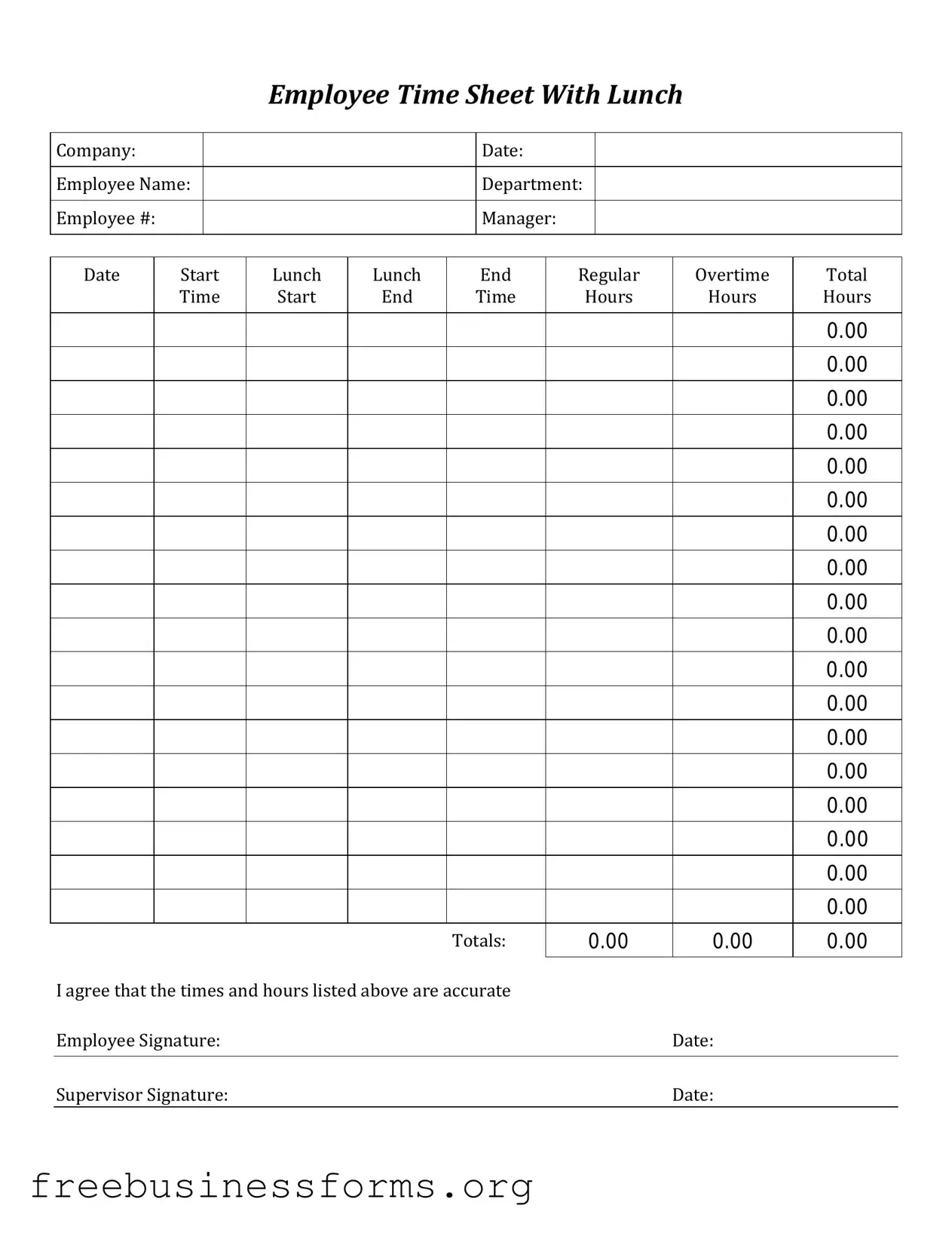The Time Card form plays a crucial role in tracking employee hours and ensuring accurate payroll processing. This form is designed to capture essential information, such as the employee's name, identification number, and the dates worked. Each entry typically includes daily hours, overtime, and any leave taken, providing a comprehensive overview of an employee's work schedule. Additionally, the Time Card may require signatures from both the employee and their supervisor, confirming the accuracy of the reported hours. By maintaining a clear record of time worked, this form not only aids in compliance with labor laws but also supports businesses in managing their workforce efficiently. Understanding the components and importance of the Time Card form can help employees and employers alike streamline their payroll processes and foster a transparent working environment.

